
Marines famously fought as island-hopping invasion troops throughout the Pacific, but also operated in small numbers in Europe, as airborne (Paramarine), and as raiding forces.


Uniform of a veteran of the 2nd Marine Division. The 2nd fought at Guadalcanal, Tarawa, Saipan, Tinian, and Okinawa.

A typical mid/late-war Marine's pack setup. It consists of detachable upper and lower packs, a M1 bayonet, a shovel with depot-made cover, and a rolled shelter half.
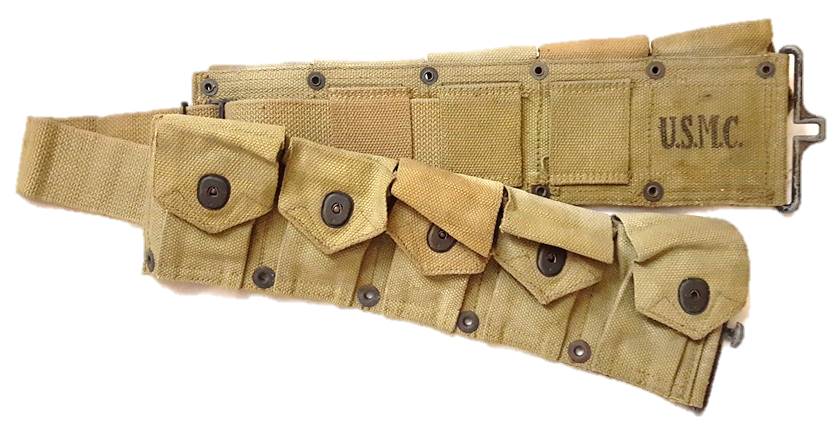
USMC ammunition belt. This is nearly identical to the Army model, with slightly different strap loops and a Corps marking. This example is dated 1943.

USMC 2nd pattern canteen. Unlike the Army patterns, this was not insulated with felt and the belt hook was placed higher on the reverse.
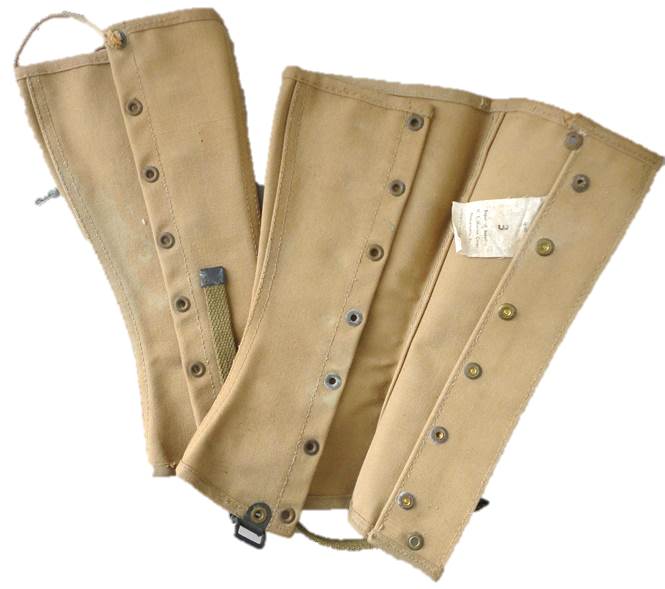
USMC contract leggings.
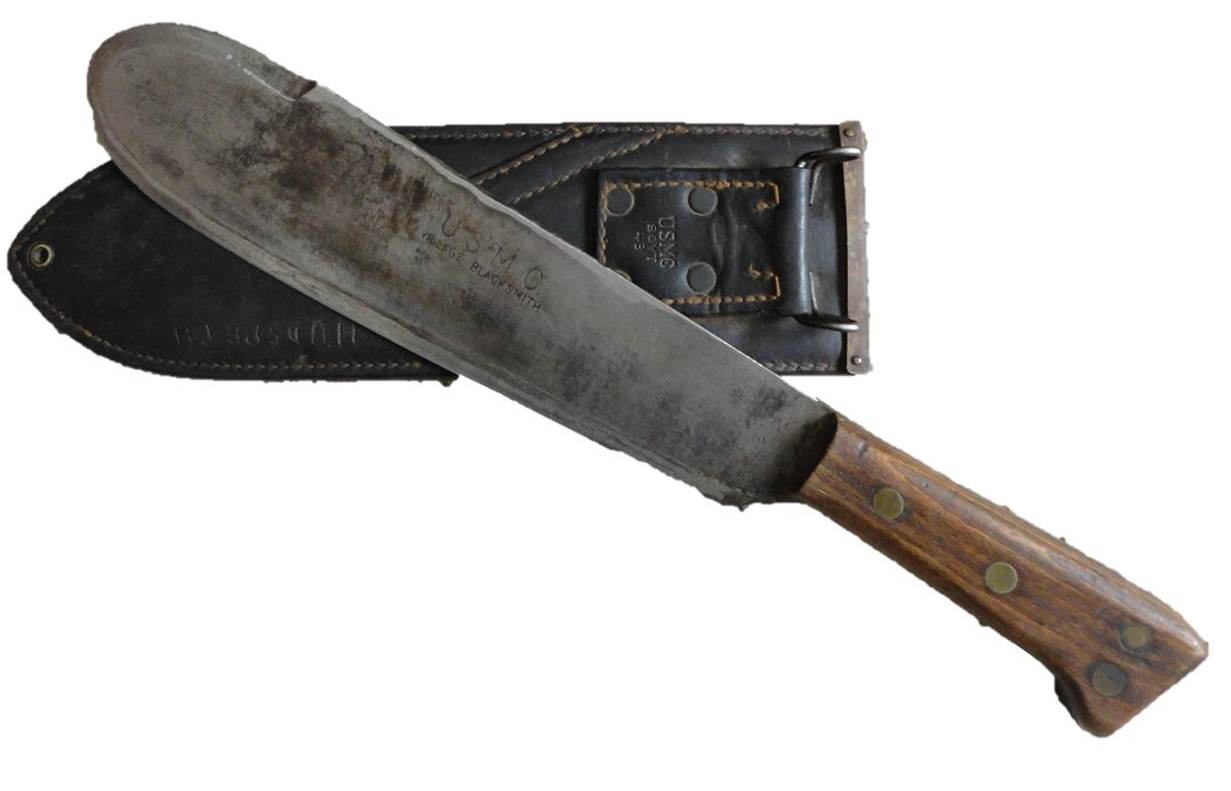
USMC Corpsman bolo knife. This massive tool was rounded for cutting bandages, and its size made it ideal to chop wood for splints and litters.
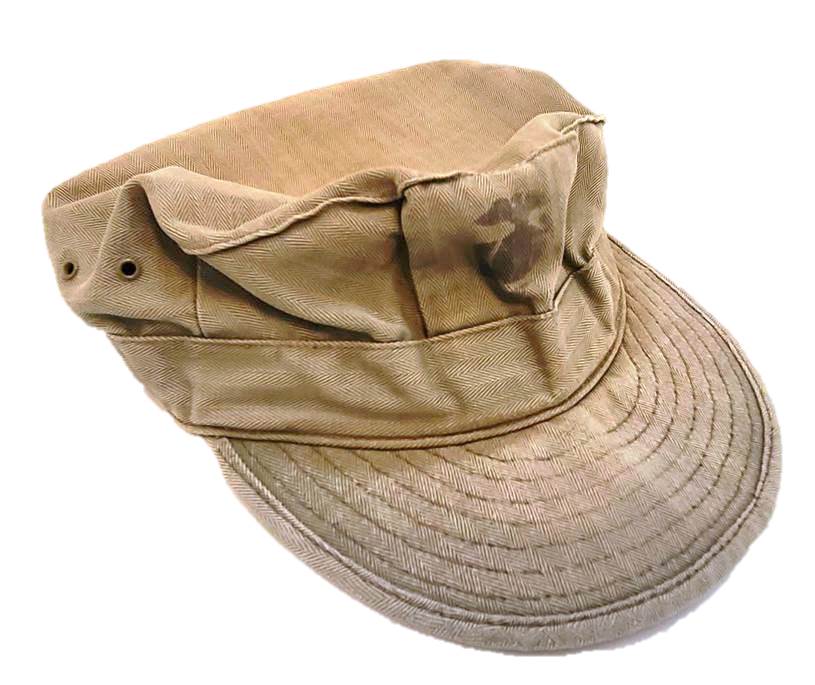
USMC HBT cap with stenciled insignia
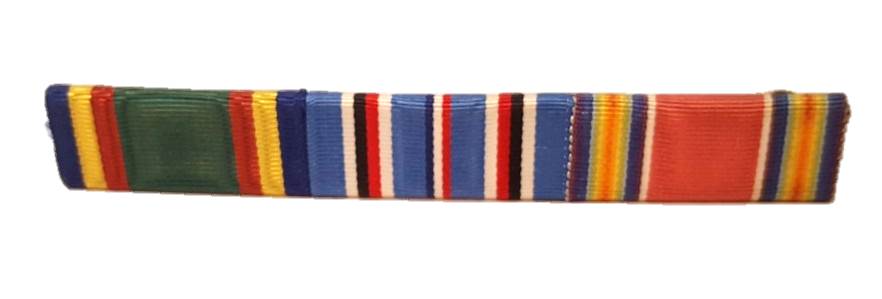
A Navy or USMC ribbon bar with 1/2" wide ribbons. It features the Navy Unit Commendation, American Campaign, and WWII Victory ribbons.
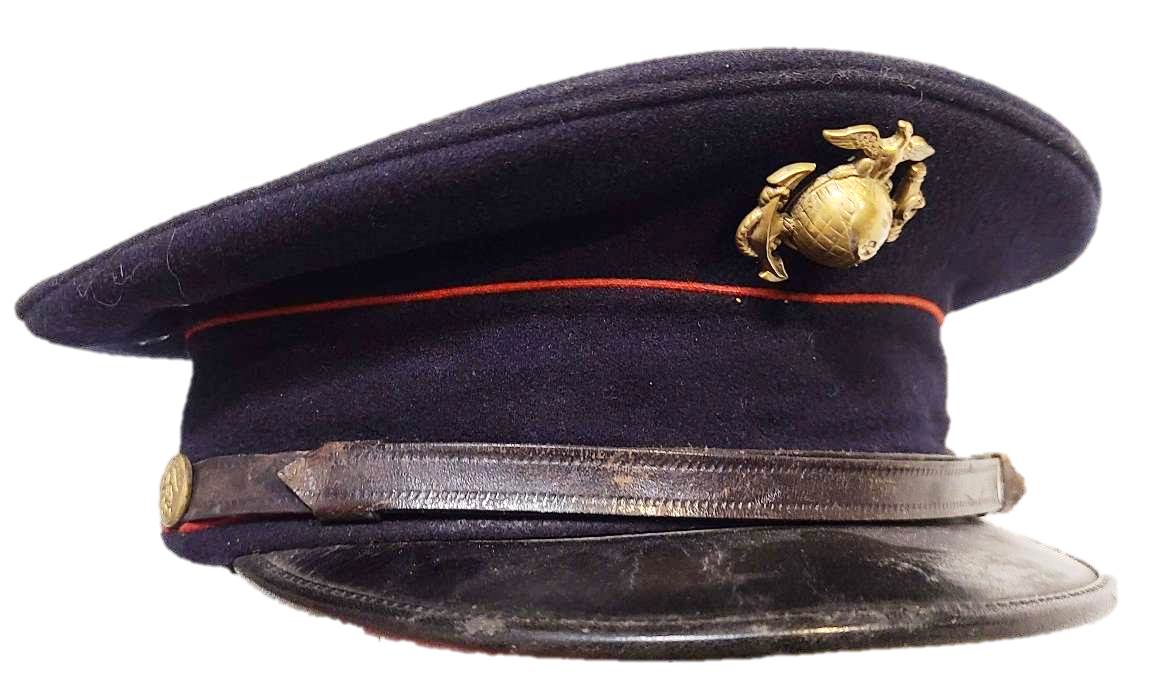
1920s vintage USMC dress cap with 1895 patter
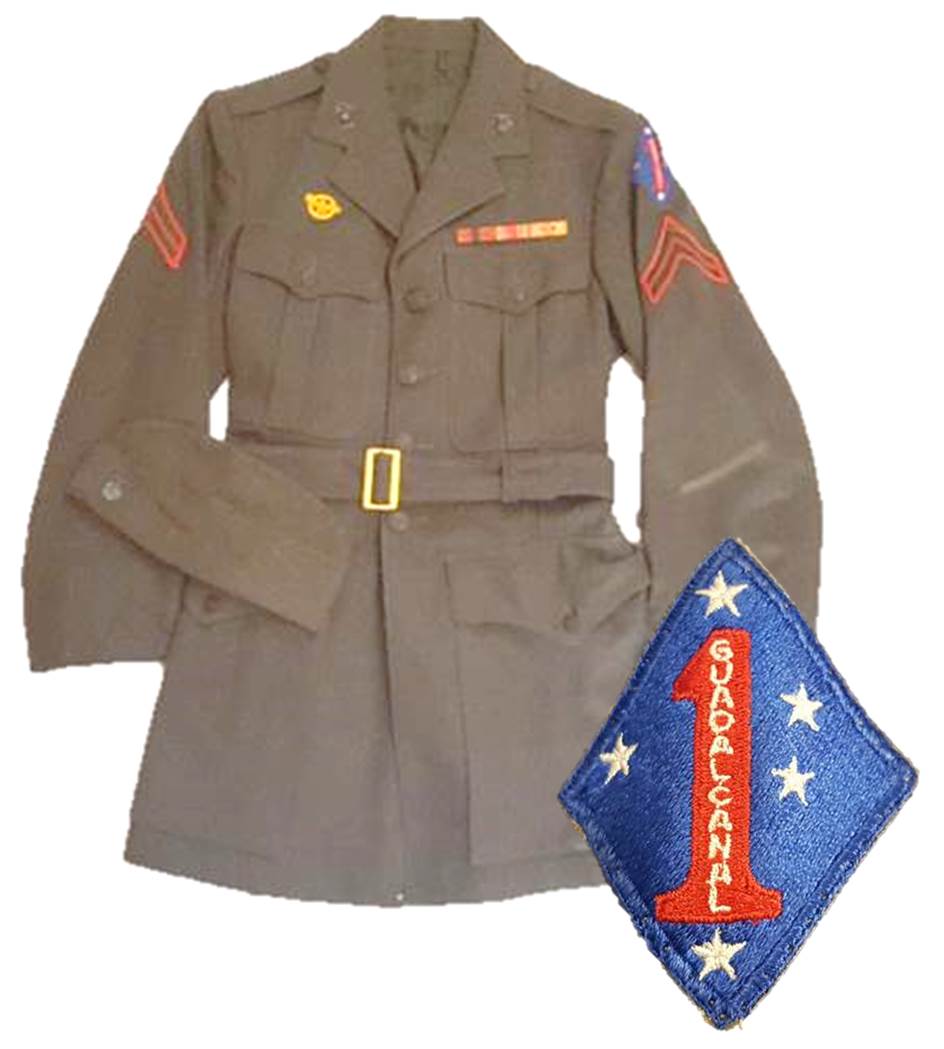
Uniform to a veteran of the 1st Marine Division, which famously fought on Guadalcanal, Peleliu, and Okinawa. This Marine also earned the Philippine Liberation Medal for service in the Philippines campaign. The 1st Marine Division patch memorializes their first WWII campaign with the word "Guadalcanal" on a white 1.
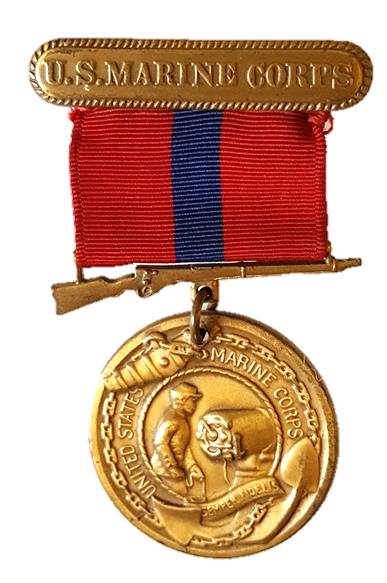
USMC Good Conduct medal.
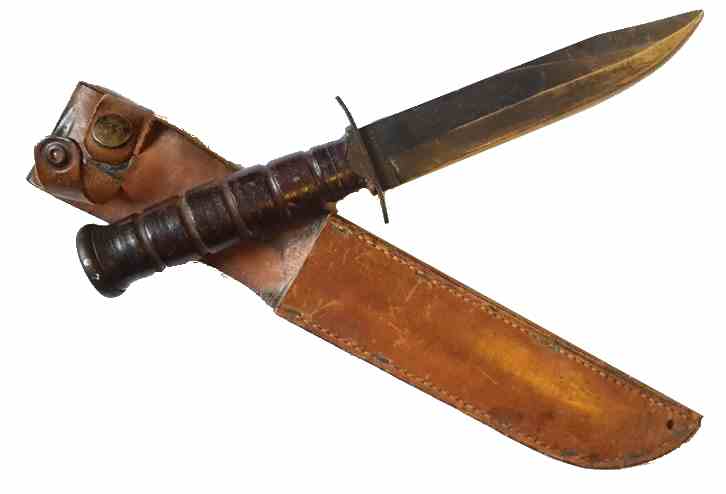
The Marine Kabar fighting and utility knife. Originally adopted in 1942, it has since become a symbol of the Corps itself and is still a popular design. This is a blade-marked version that dates it to 1943-1944.

Later USMC "dog ear" canteens. The version on the left has a drain hole on the bottom.
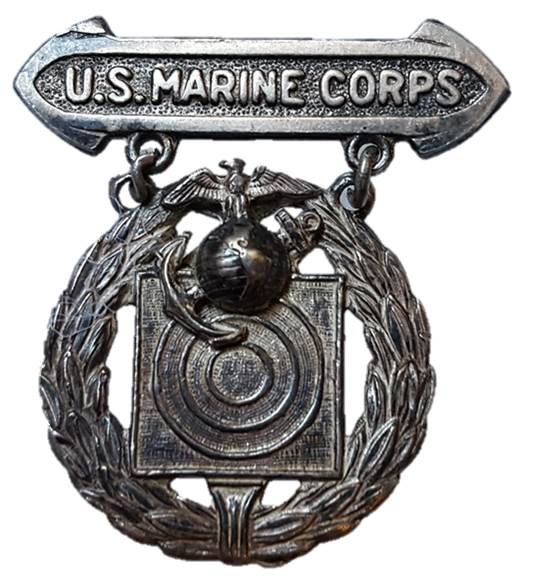
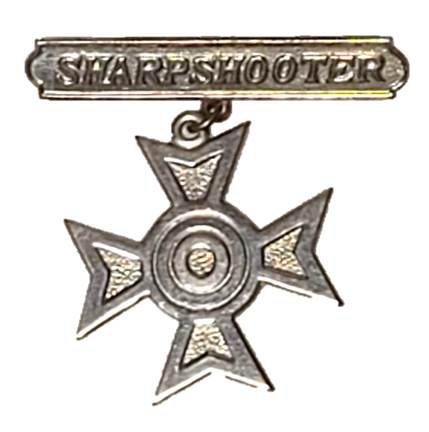
USMC marksmanship medal variations.
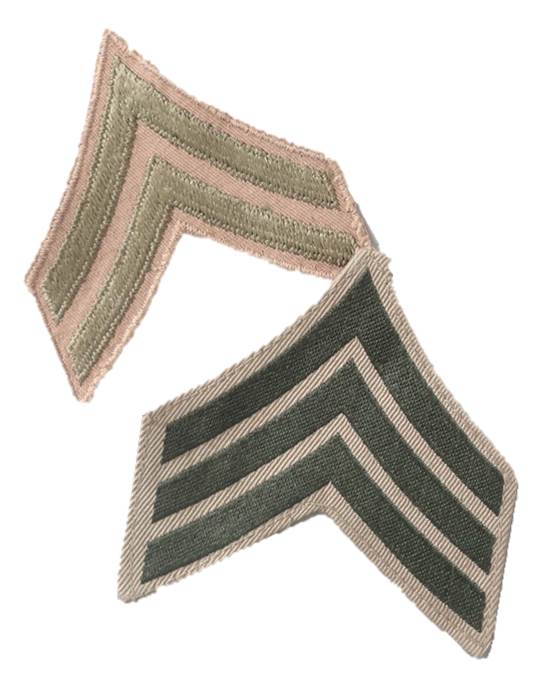
USMC Corporal and Sergeant stripes.
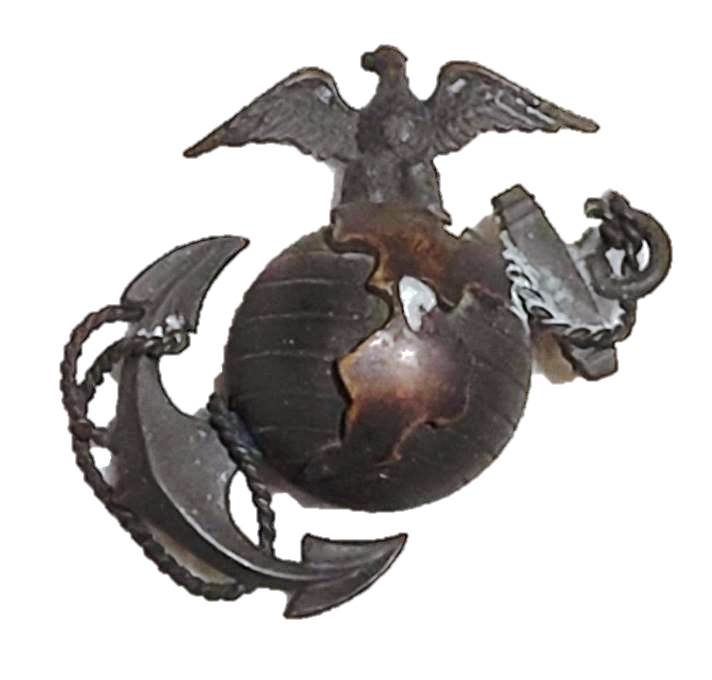
Example of an officer's Marine Corps EGA (Eagle, Globe, Anchor) cap insignia.
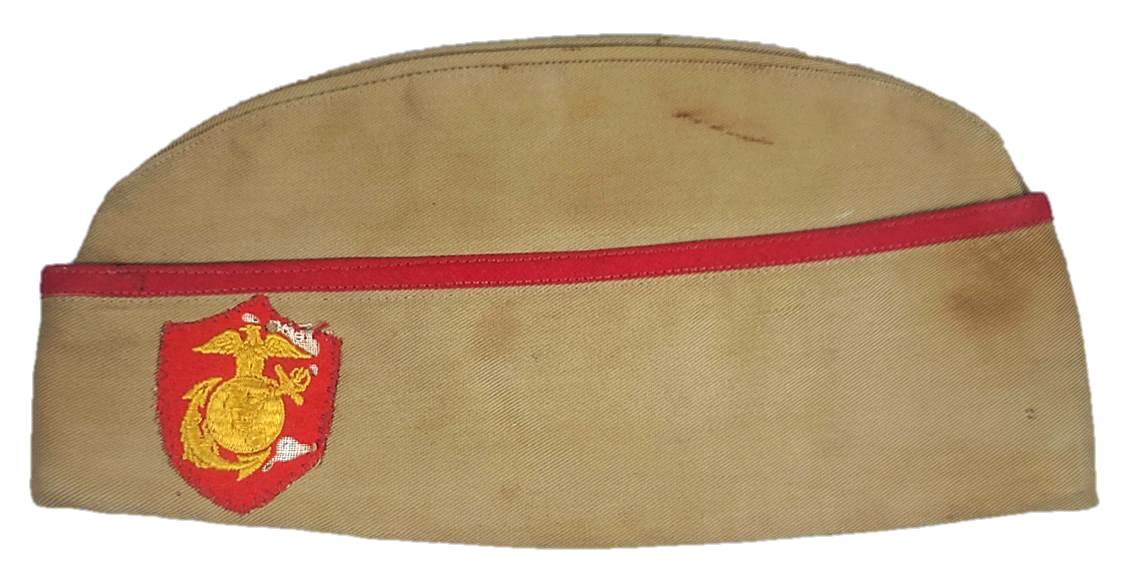
Rare cap of the "Barefoot Marines," the 1st Somoan Battalion.
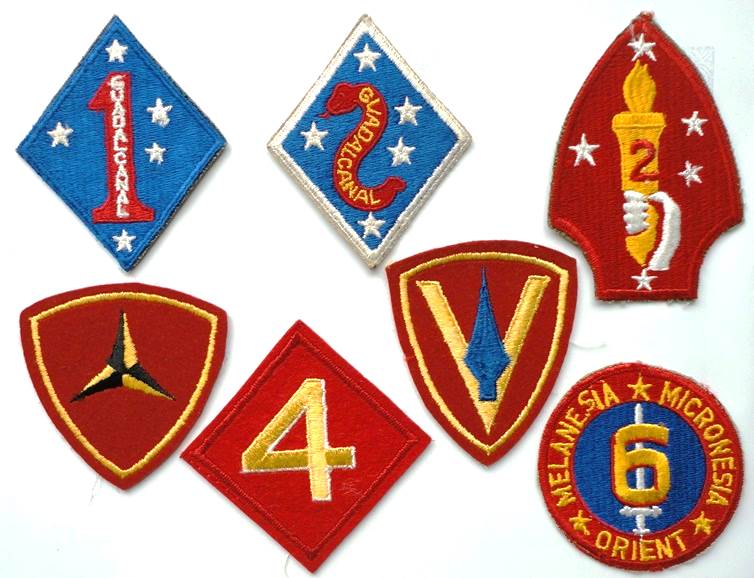
USMC shoulder insignia for the Marine Divisions. Top: 1st Marines, 1st Marines variation, and 2nd Marines. Bottom: 3rd Marines, 4th Marines, 5th Marines, and 6th Marines.
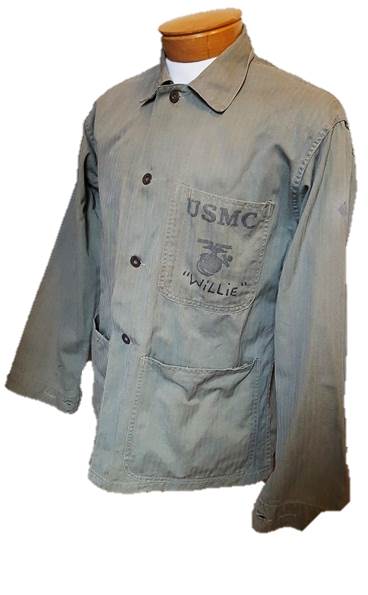
P41 USMC fatigue jacket. This woven cotton material was much better suited to tropical climates than standard-issue wool. The P41 jacket has three pockets and stenciled insignia.

P44 USMC fatigue jacket. These were developed late in WWII and did away with the lower pockets, added a flap to the top pocket, and integrated two side-closing pockets in the chest area.
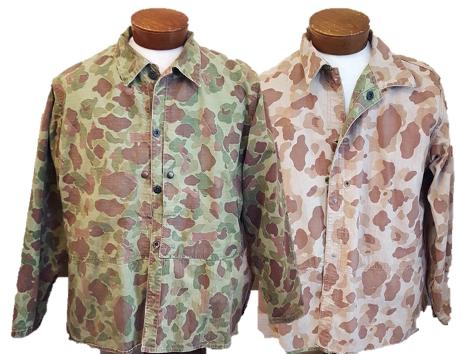
1944-Pattern USMC camouflaged shirt. This garment was reversible for "frogskin" and "beach" camo schemes. This pattern jacket was adopted toward the end of WWII and few jackets of this pattern likely saw service prior to the end of hostilities.

USMC/USN "rough-out" boondockers

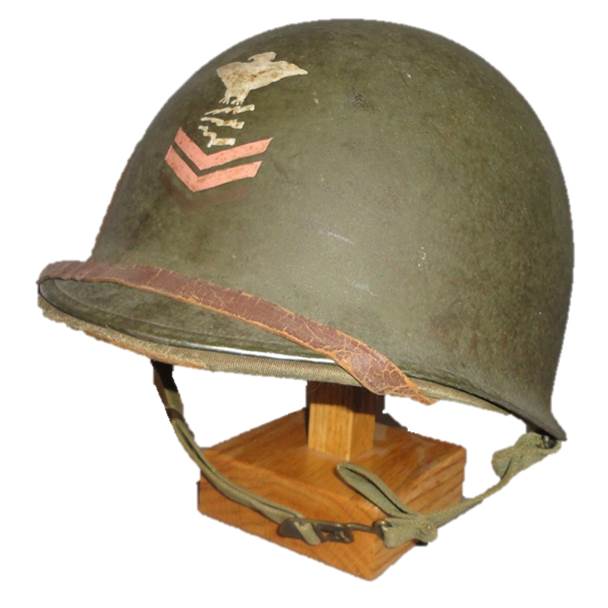
Unique M1 steel helmet worn by a communications seaman who has painted it with his rating. This particular helmet has a very early pressed paper liner and leather chinstrap.

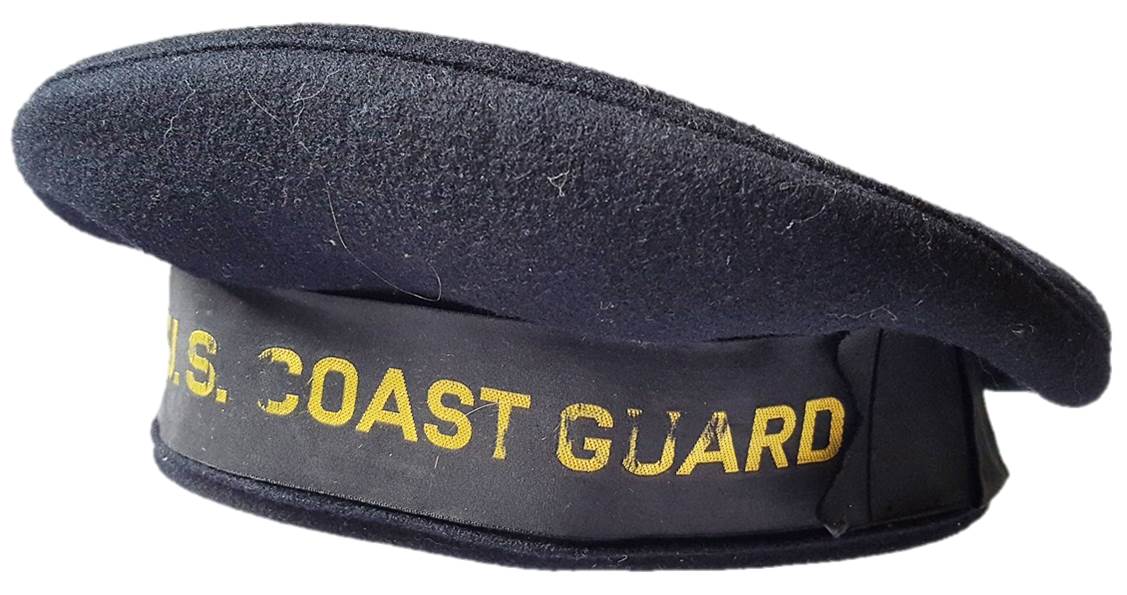
WWII "Donald Duck" cap worn by enlisted sailors of the Navy and Coast Guard.
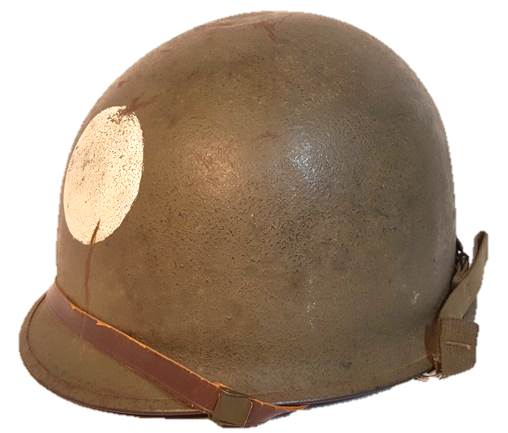
Late-war M1 helmet with white dots that indicate a landing party corpsman/medic.
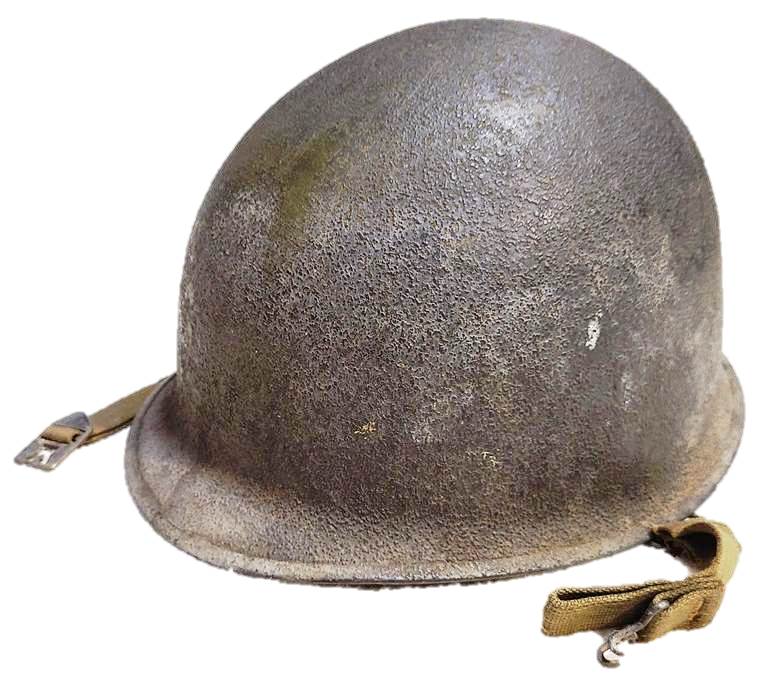
US Navy shipboard helmet with the green overpaintedin gray paint.

Uniforms of a Gunner's Mate from Racine, Wisconsin. He served from 1939-1945 on the USS Colorado, a battleship that served in the Pacific. He was wounded in action.
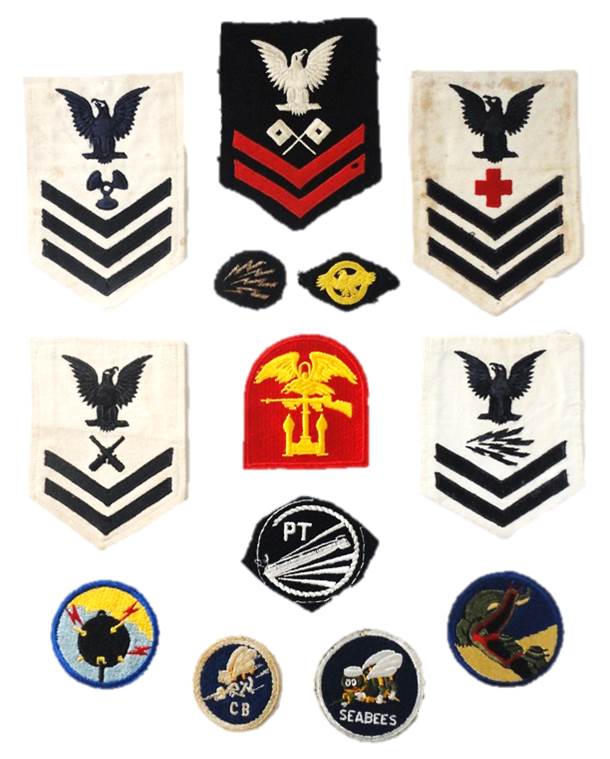
Various Navy patches and rates.

Navy ribbons, denoting service in WWI and four total enlistments.

USN jumper with "liberty cuffs" embroidered in China just after WWII. While not regulation, a sailor could turn the cuffs up while on leave.
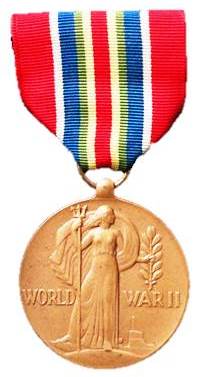
World War II Victory Medal for the Merchant Marine. The Merchant Marine is a naval auxiliary that transported men and material in all theaters of the war.
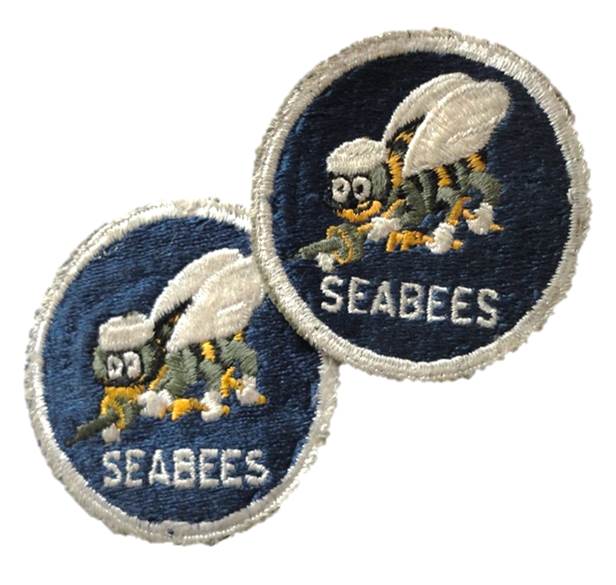
Shoulder patches of Navy Construction Battalions (C.B.'s). Known as the "SeaBees," they adopted the emblem of a fighting bee.
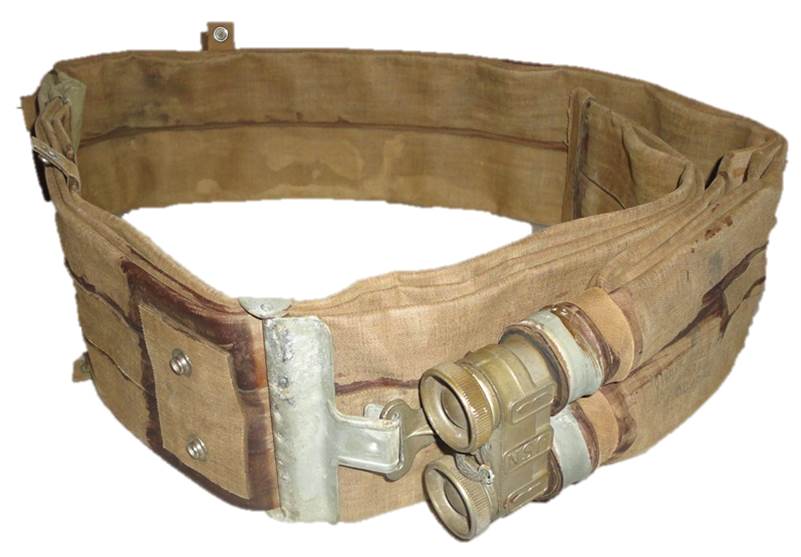
1944-dated lifebelt, as commonly issued for amphibious landings.
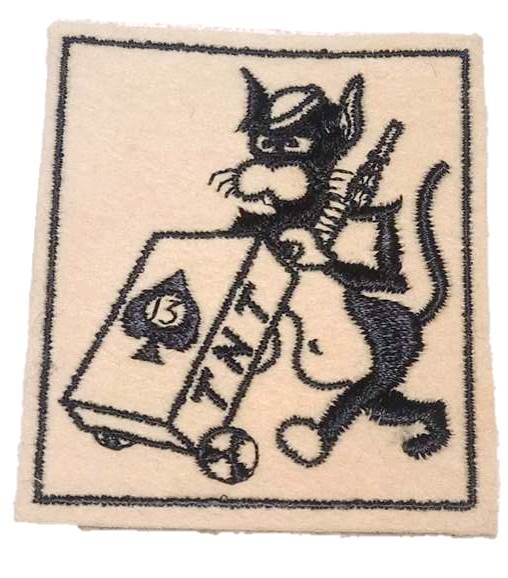
Patch of the 13th SeaBees
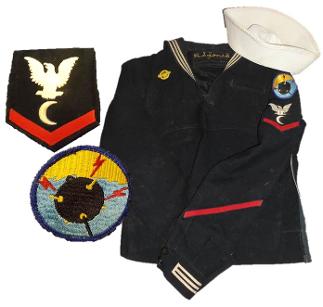
Navy uniform and cap, from a Kenosha veteran. The shoulder patch indicates service on a minesweeper vessel. The rate below the patch indicates that he served as a cook. The yellow eagle on the chest is a badge of Honorable Discharge from the service.
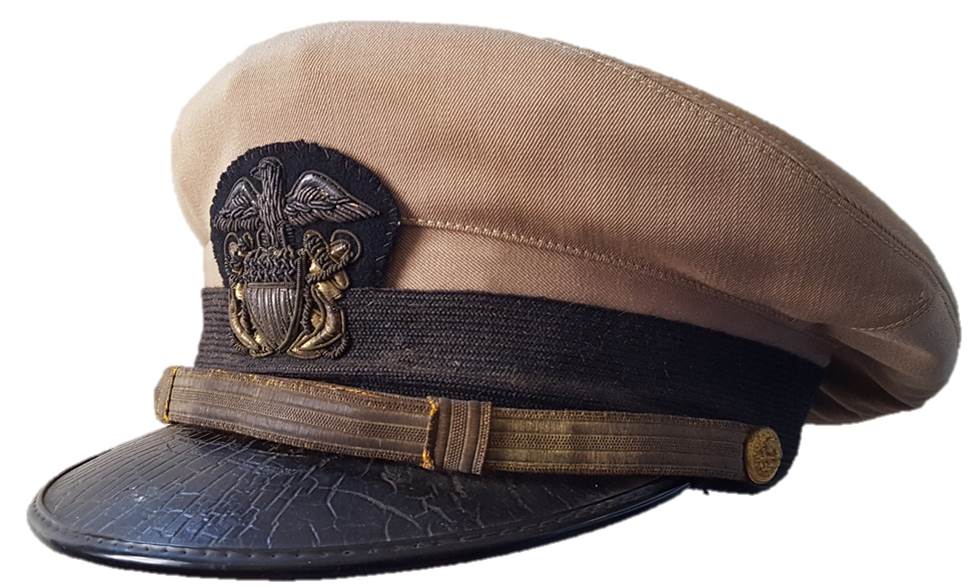
Navy Lt. Commander's cap from WWII. This particular cap was worn by a PT Boat commander in the Pacific during WWII. This veteran then commanded submarines in the early postwar years, and commanded a supply ship in the blockade during the Cuban Missile Crisis.
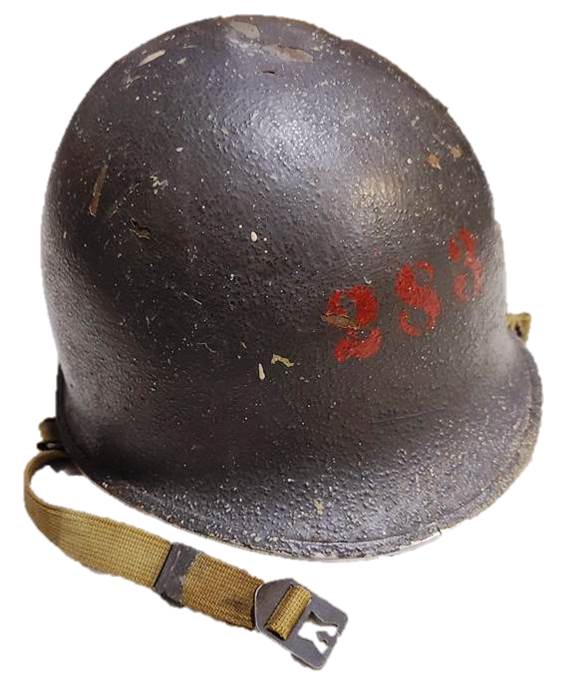
Navy blue M1 helmet with "283" stenciled on the front. Sometimes numbers corresponded to shipboard duty stations, and sometimes to the craft number itself. If this is indeed a ship's number, it may be LST 283, which supported the Normandy landing, the invasion of southern France, and ended the war serving in the Pacific theater.
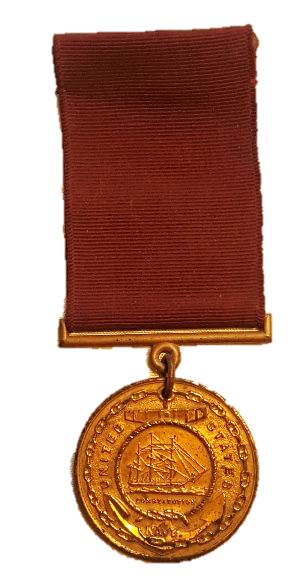
Navy Good Conduct Medal
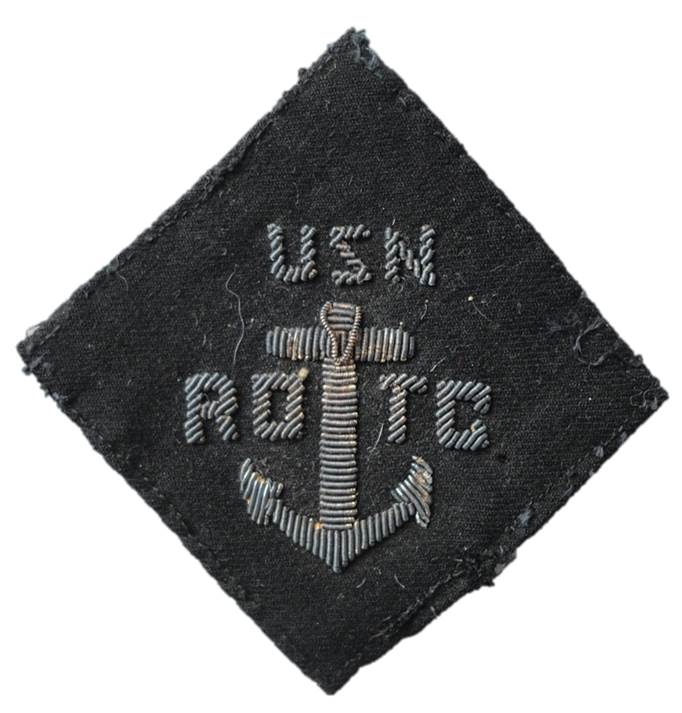
Navy ROTC patch made with bullion thread. This would have likely been affixed to a cadet's cap.
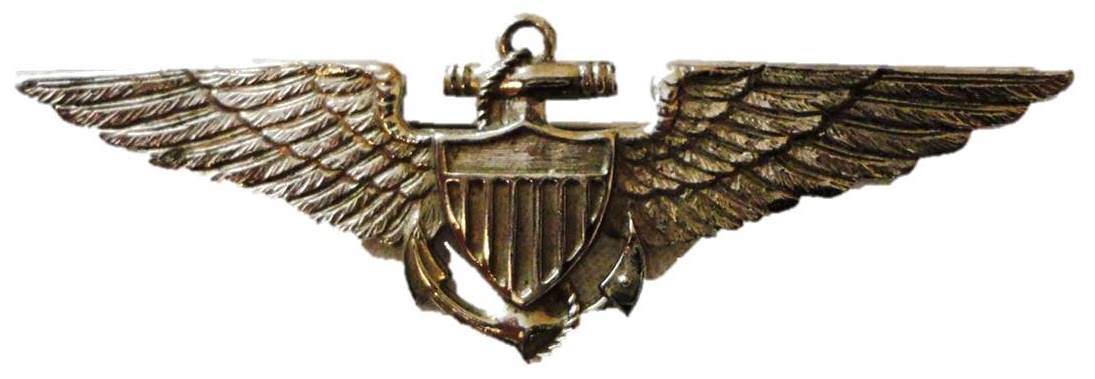
Naval aviator wings. This is an early-war design, and its silver wash likely indicates that it was not worn on a uniform but rather distributed to families as a "sweetheart" piece. Most uniform-worn wings had a gold wash.
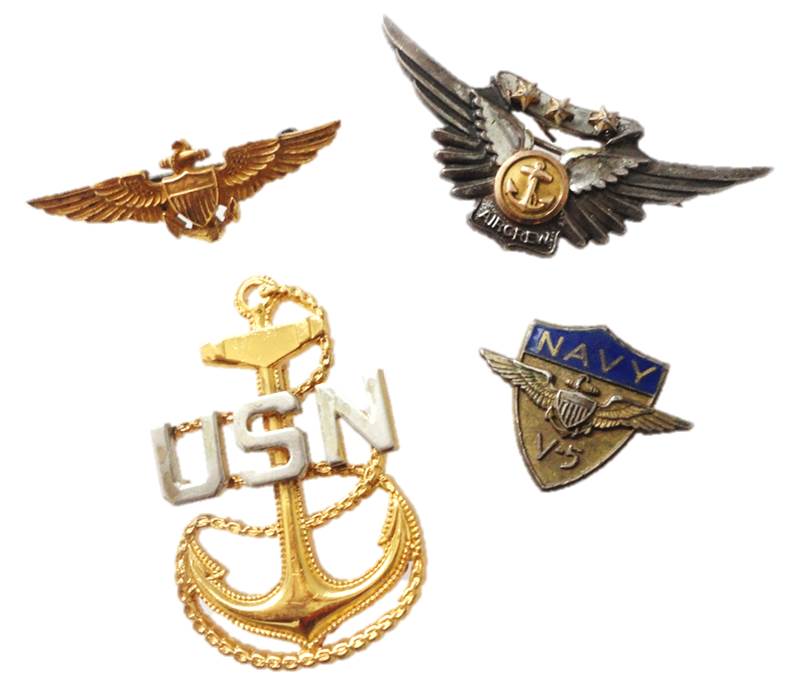
Navy pins and badges. The top two are Naval pilot and air crew wings; the bottom shows a midshipman cap badge and a V-5 training program badge.
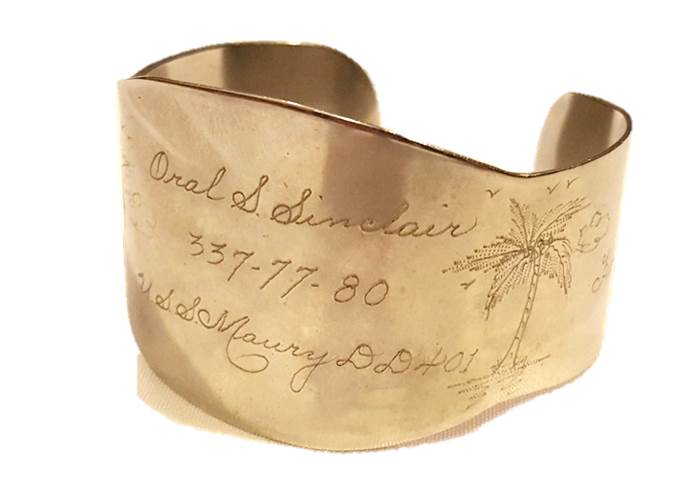
An aluminum bracelet engraved to a sailor from the USS Maury, with the dates 1944 and 1945. The USS Maury was a destroyer that served in the Pacific during the war and earned 16 battle stars--making it one of the most highly decorated US ships of WWII!
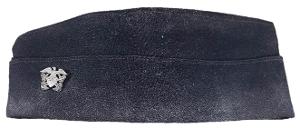
Captain's garrison cover with insignia
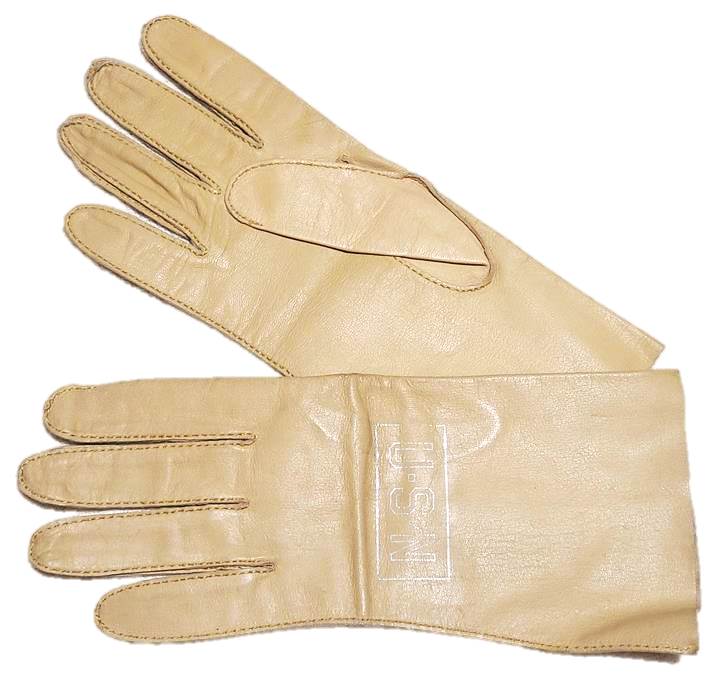
USN pilot's gloves
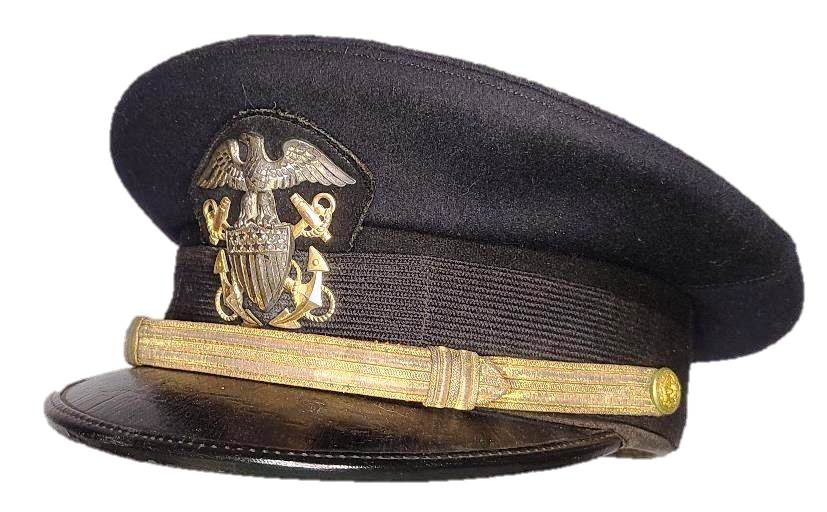
Navy officer's cap
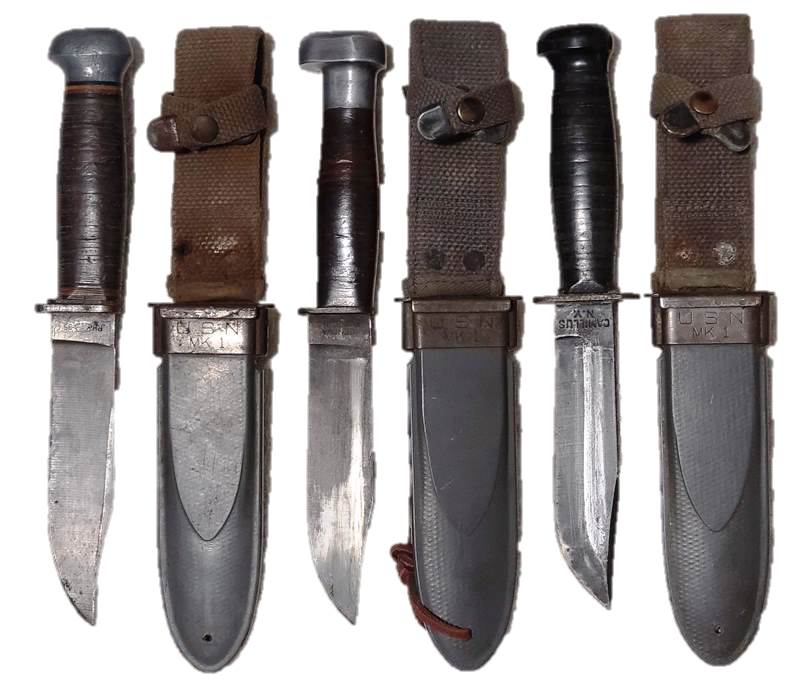
US Navy Mark 1 knifes by PAL, Geneva Forge, and Camillus

Navy Mk2 utility knives and two variations of scabbards. These are made by KABAR, Robeson Shuredge, and Camillus. The Marine Corps used an identical model, but with USMC stampings.
Navy Mk1 knife in fiberglass sheath.

Western brand knife produced for Navy SeaBees.